Burlington Down Payment Assistance Program
Unlocking Homeownership: Burlington Down Payment Assistance Program Gives First-Time Buyers Up to $10,000
The Burlington Down Payment Assistance Program, a city-backed initiative, is quietly turning renters into homeowners across Vermont’s Queen City. By offering up to $10,000 in forgivable aid, the program shrinks the barrier that keeps many first-time buyers on the sidelines. If a front door with your name on it feels out of reach, keep reading—your key might be closer than you think.
Why Down Payment Assistance Matters in Burlington’s Red-Hot Market
Lake views, tech jobs, and foodie culture are magnets, and magnetism carries a cost. According to local MLS data summarized by the Vermont Housing Finance Agency, median Burlington home prices hovered near $480,000 in late 2023. A traditional 20 % down payment would devour almost $100,000—a number that could make even the most disciplined saver gulp.
Enter Burlington homebuyer assistance. A targeted injection of $10,000 may not sound life-changing, yet that sum can shave years off the savings timeline, reduce mortgage insurance, or allow a buyer to bid competitively without stretching finances to the breaking point.
How Does the Burlington Down Payment Assistance Program Work?
At its core, the Burlington Down Payment Assistance Program (often called the Burlington DPA program) is a zero-interest, deferred-payment loan. Funds come from the city and are designed to sit quietly in second-lien position behind your primary mortgage. Stay in the home for the required affordability period—currently five years—and the balance is forgiven, effectively turning the “loan” into a grant.
Repayment is only triggered if you sell, refinance, or move out within that window. Think of the aid as a safety net woven from municipal funds instead of rope; fall within the rules, and it catches you. Step outside, and it retracts.
Program Snapshot
- Maximum assistance: $10,000
- Interest rate: 0 %
- Term: Deferred, forgivable after 5 years of owner-occupancy
- Property types: 1–4 unit residences within Burlington city limits
- Income cap: 100 % of area median income (AMI) for household size
- Homebuyer education: HUD-approved class required
Who Is Eligible for Burlington’s Down Payment Help?
Eligibility boils down to four pillars: first-time status, income, location, and preparedness. Let’s walk through each one.
- First-time buyer rule. You cannot have owned a primary residence in the last three years (exceptions exist for displaced homemakers).
- Income limits. Your household’s gross income must not exceed 100 % of AMI. For a family of three, that’s roughly $103,000 based on 2024 HUD figures.
- Burlington address. The home must lie inside city limits—South Burlington, Winooski, and Colchester buyers should investigate their own local offerings.
- Education commitment. A one-day HUD-approved homebuyer course is mandatory, but feedback suggests the class supplies budgeting tips worth far more than the seat time.
Meet those four criteria, and you’re on deck for the Burlington first-time buyer grant that could close your affordability gap.
Application Steps: From Curiosity to Closing Table
Not every path to homeownership looks the same, yet successful applicants to the Burlington Down Payment Assistance Program usually tick off the following milestones in order:
- Secure mortgage pre-approval. Lenders need to know you can carry the primary loan even with the city’s help.
- Attend HUD counseling. Receive your completion certificate; lenders and the city will ask for it.
- Submit DPA application. Work with the Community & Economic Development Office (CEDO) to complete forms, supply tax returns, and sign disclosures.
- Property contract. Once your offer is accepted, the city verifies address eligibility and reserves funds.
- Closing coordination. The city sends the second-mortgage documents to your attorney or title company; funds arrive at closing.
The entire timeline, from pre-approval to keys in hand, can span 45 to 90 days. Plan ahead and respond quickly to documentation requests to avoid bottlenecks.
Can the Burlington DPA Be Combined With Other Grants?
Yes—layering assistance is not only allowed, it’s encouraged. Buyers often pair the Burlington DPA with Vermont Housing Finance Agency (VHFA) programs, USDA Rural Development 502 loans, or employer-sponsored grants. The trick is sequencing. Notify every funding source early so closing agents can stack the liens properly and verify that combined aid doesn’t exceed closing costs.
When done right, some Burlington residents have landed on the closing statement with less than $2,000 out of pocket—an outcome once reserved for urban legends and lucky lottery winners.
A Micro-Story: Maria & Alex Find Room For Baby and Budget
One chilly March morning, Maria, a pastry chef, and Alex, a carpenter, stepped into a two-bedroom condo on St. Paul Street. They were seven months pregnant, still paying $1,950 in rent, and carrying a modest savings account of $8,400. A conventional 5 % down payment on the $365,000 listing would have wiped them out.
Their Realtor whispered three words: Burlington Down Payment. Fast-forward six weeks—they closed with $10,000 from the city, used $6,000 of their own funds for settlement costs, and locked in a 30-year fixed mortgage that kept monthly payments $210 lower than their rent. Baby Clara now has her own room—and Maria still treats neighbors to croissants every Sunday.
Five Benefits You Might Not Have Considered
- Stronger offer. Extra cash lets you waive small repairs or increase earnest money without draining reserves.
- Lower mortgage insurance. A bigger down payment sometimes shifts borrowers into cheaper PMI brackets.
- Emergency cushion. Keeping savings in your bank instead of in the walls safeguards you against roof leaks or furnace breakdowns.
- Community investment. Forgiveness terms incentivize five-year stability, bolstering neighborhood networks and school enrollments.
- Credit building. Two tradelines—the first and second mortgages—can accelerate post-purchase credit score growth.
Potential Drawbacks & How to Navigate Them
Every rose has thorns, and municipal grants are no exception. The second lien may complicate refinancing, especially if you want to tap equity within five years. Moreover, the application adds paperwork—tax returns, bank statements, pay stubs—beyond the normal mortgage slog. The antidote?
Build a digital “mortgage folder” early, and loop your loan officer into the process from day one. They can structure your loan so future refinancing triggers minimal drama. Finally, remember the five-year occupancy clause; if a job transfer lurks on the horizon, weigh the risk carefully.
Myths Busted
“I’ll owe extra taxes because the city gave me money.”
Not exactly. Forgiven mortgage debt can be taxable, but the IRS often exempts qualified principal residence relief. Consult a tax professional, yet most past recipients report zero tax surprises.
“The city tells me which house to buy.”
False. Once a property sits inside Burlington and passes basic habitability checks, the choice is yours—from historic foursquares to chic downtown condos.
Frequently Asked Questions
Does the assistance need to be repaid?
Only if you sell, refinance, or move out within five years. After that, the loan balance is fully forgiven.
What credit score do I need?
The city sets no minimum, but lenders typically require at least 640 for VHFA or conventional loans paired with the program.
Is the program funded every year?
Yes, but funds are allocated on a first-come, first-served basis. They can run out before the fiscal year ends, so apply early.
Can investors or flippers apply?
No. Owner-occupancy is mandatory; short-term rentals and flips violate program rules and trigger repayment.
Your Path Forward
The Burlington Down Payment Assistance Program has already opened hundreds of front doors—yours could be next. Picture walking past Church Street’s maple-scented bakeries on a Saturday morning, latte in hand, knowing your rent check has morphed into equity.
Ready to start? Download the latest application package from Burlington, VT’s official site, then connect with a Vermont-licensed lender who understands municipal layering. Momentum favors the prepared, and the next funding round waits for no one.
Take the First Step—Talk to a Local Expert Today
Our mission is simple: guide Vermonters toward wise, wealth-building real estate decisions. If you’d like a personalized roadmap—complete with lender intros, class schedules, and property alerts—reach out here. Let’s turn possibility into keys jangling in your pocket.
Suggested URL slug: /burlington-down-payment-assistance-guide
Explore More Blog Posts
Checkout more similar posts those will help you to choose better property.

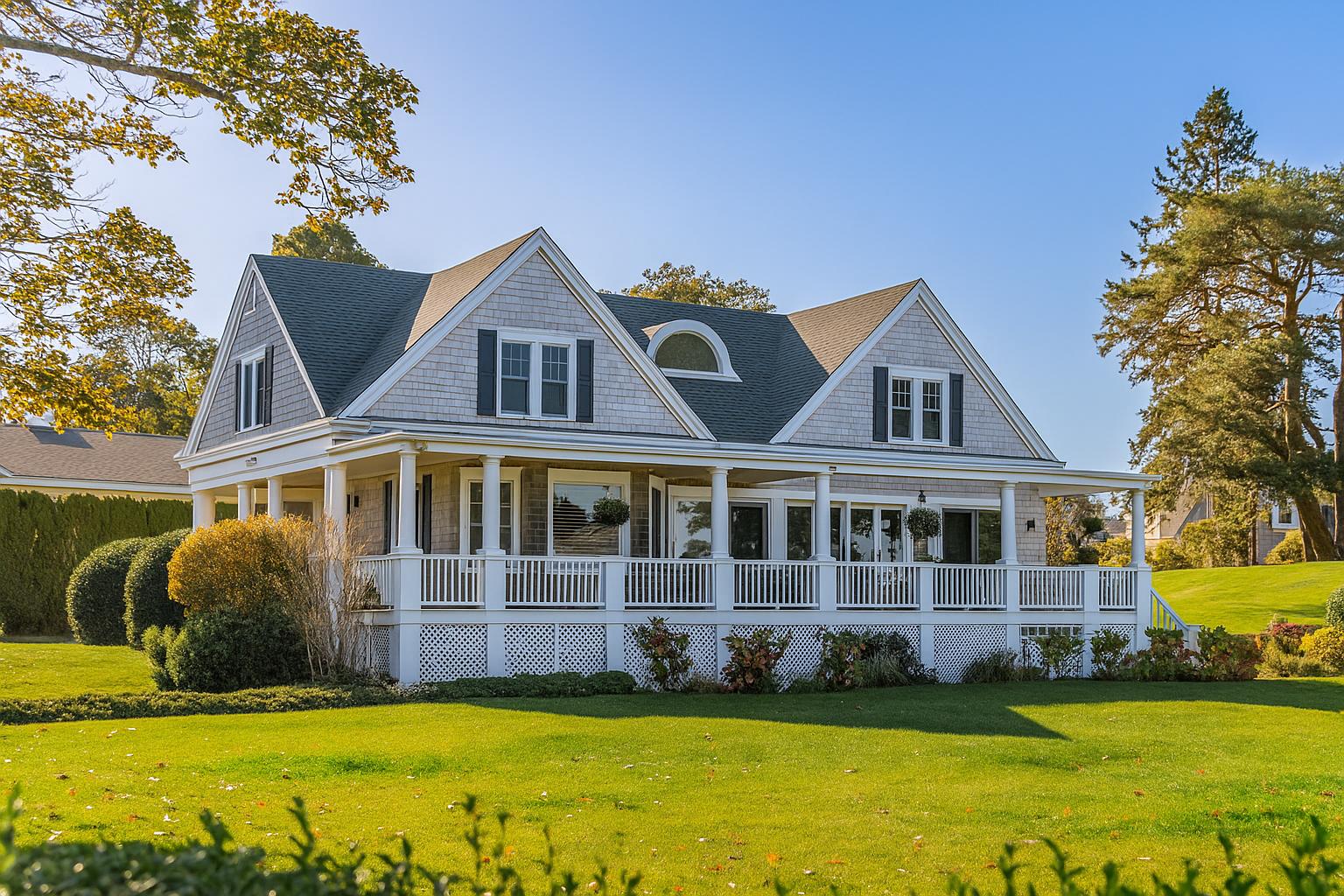
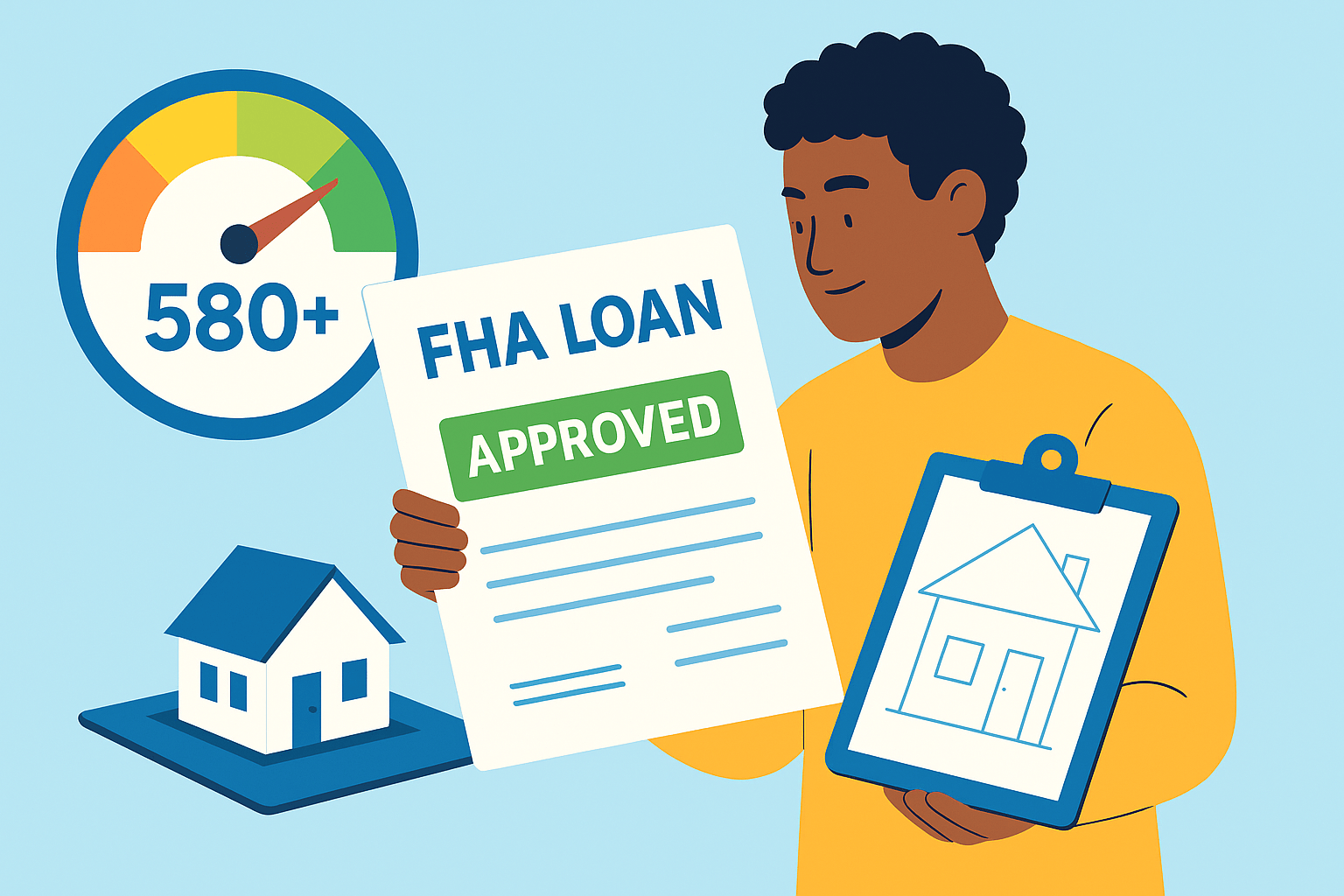
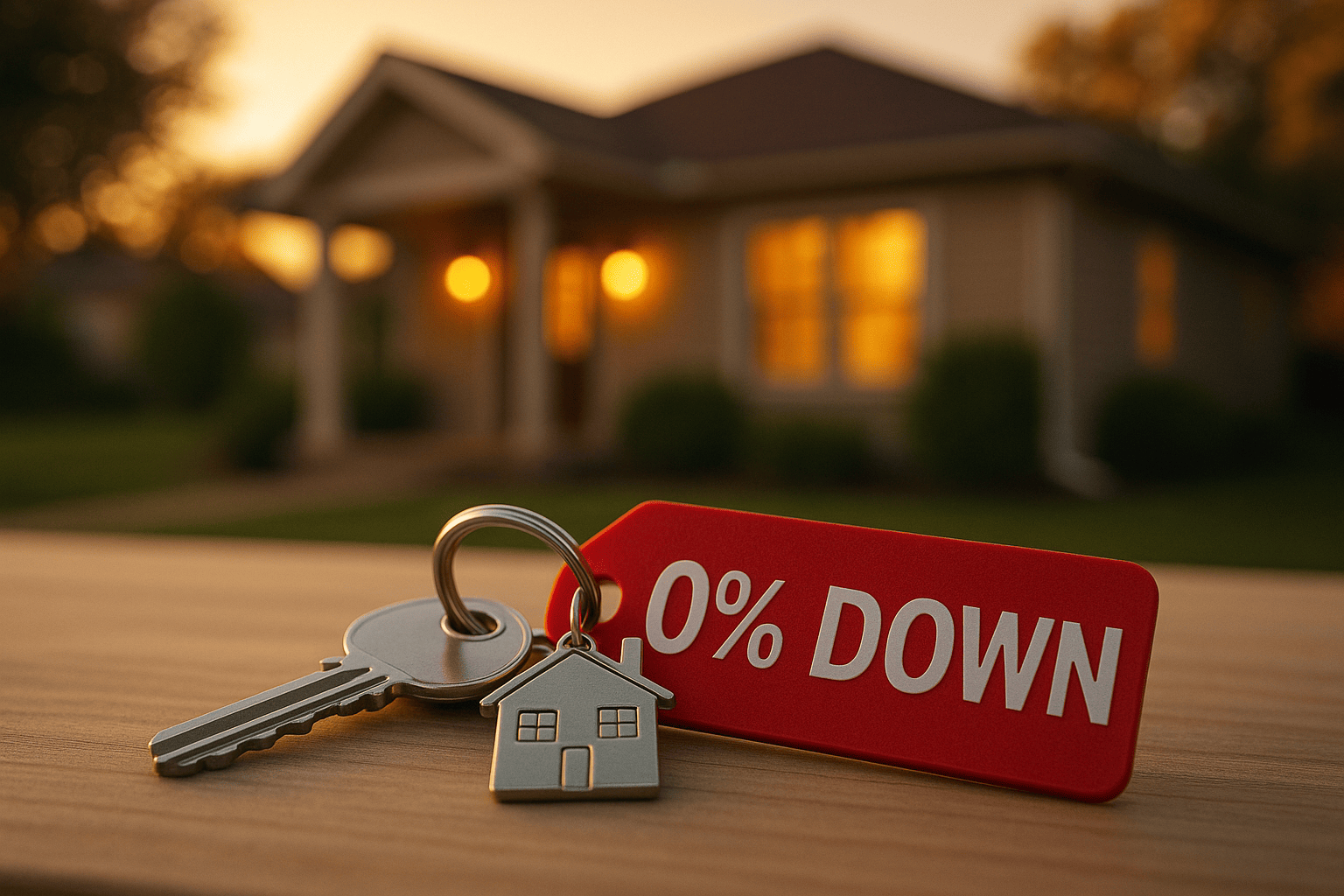




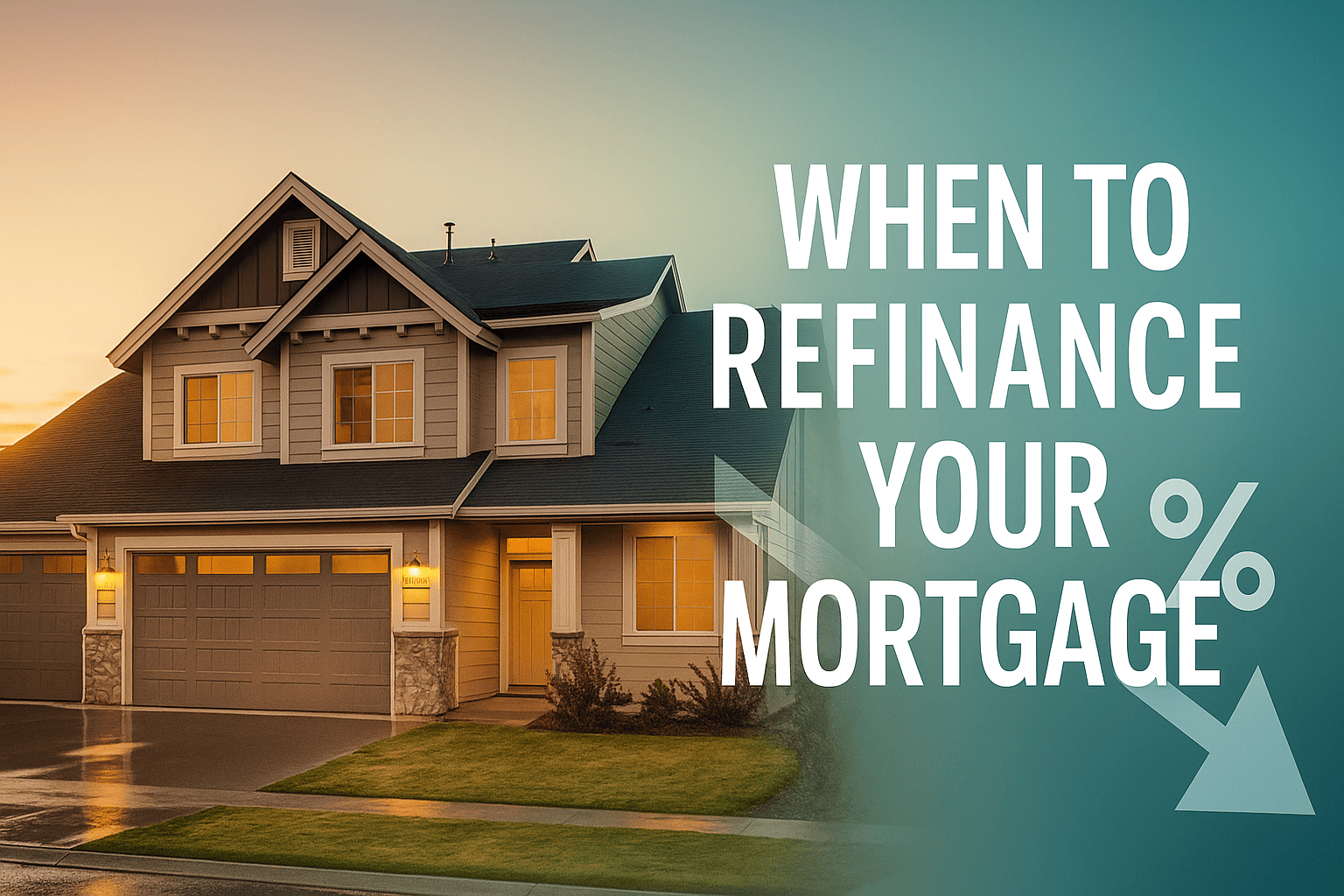
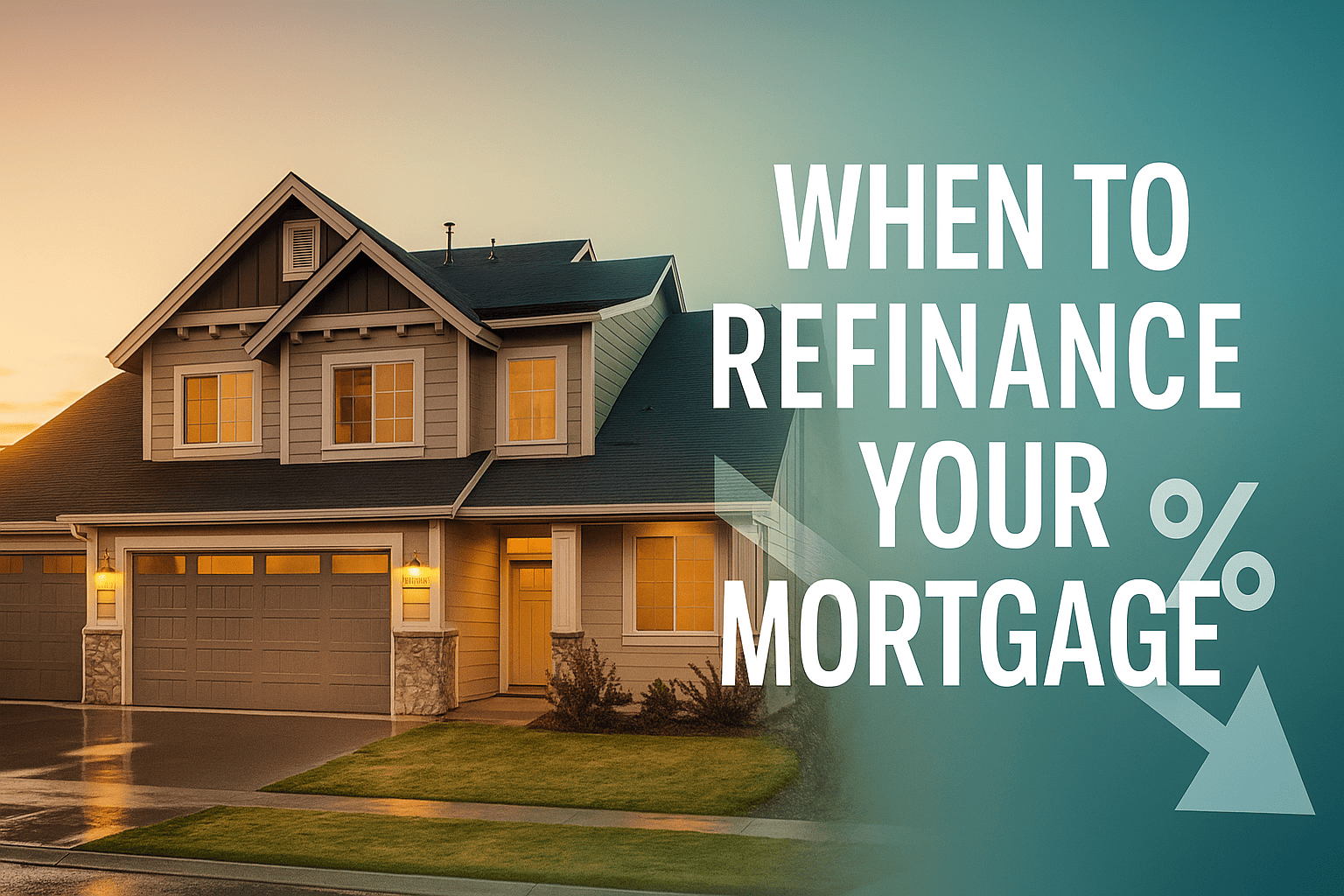


 Profile
Profile Password
Password Saved Properties
Saved Properties Sign Out
Sign Out
 +0.01
+0.01
 -0.15
-0.15

